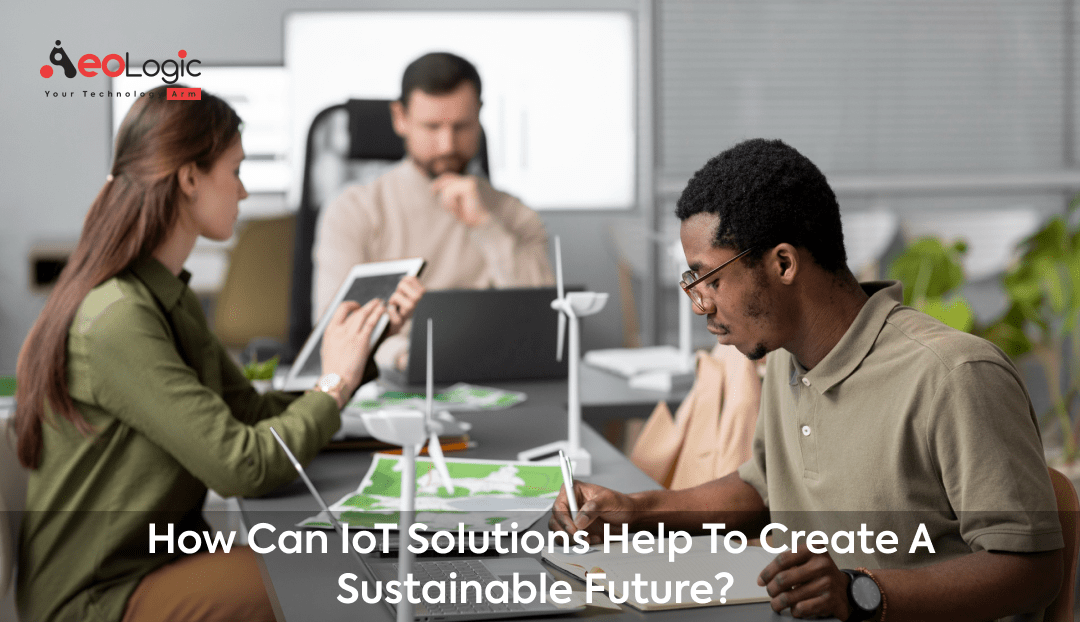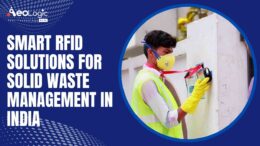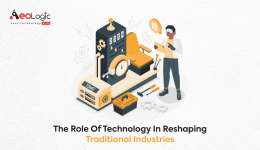This world is full of resources, and incredible natural phenomena such as climates, environment etc. But these resources are gradually degrading, which is not a good sign for the upcoming future generation. This all needs to improve to maintain sustainability and create a sustainable future for the next generation. But today there is not too much improvement in these problems because of many reasons such as nonstop usage of resources, many artificial things that make a bad impact on the climate, etc. Many companies and organizations are awarded of the forthcoming danger and made changes for a sustainable future as 84% of CxOs agreed or strongly agreed that it was possible to achieve global economic growth while also reaching sustainability goals. 59% of companies started using more sustainable materials, such as recycled materials and lower-emitting products in 2023. 59% increased their energy efficiency in 2023. To develop and create a sustainable future for the generation, we need to take help from technology, a technology that possesses some abilities that could stop the unstoppable usage of limited resources and also prohibit activities that have bad impacts on nature. IoT or the Internet Of Things is that technology that has the capabilities to fulfill all above mentioned needs. We will see in detail how IoT-based solutions can create a sustainable future.
What Does a Sustainable Future Mean?
Sustainable development or sustainable future has been defined in many ways, but the most frequently quoted definition is from Our Common Future, “Sustainable development is development that meets the needs of the present without compromising the ability of future generations to meet their own needs.” Sustainability is important in many ways as sustainability offers us a chance to take some control over our lifestyles and make healthier choices for our planet and future generations. It provides us an opportunity to accelerate our global transition to a reduced carbon to net-zero carbon future and move toward cleaner energy sources.
How can IoT Contribute to Creating a Sustainable Future?
IoT can contribute in various ways to create a sustainable future for example we can see many industries throw out waste materials in the open environment like rivers, and openly on the ground causes diseases and adverse impacts on the climates. But with IoT solutions, IoT devices such as sensors collect data that allows businesses to gain real-time insight into their environmental impact.
This can help them to use this knowledge to optimize their operations to find ways to monitor energy usage, reduce waste, and manage resources more effectively. Many innovations with IoT solutions such as solar panel implementation, resource optimization devices, etc could be very beneficial for sustainability.
Also Read: How IoT Solutions Are Changing The Face Of Healthcare Industry
IoT Solutions Advantages for a Sustainable Future
IoT solutions have many advantages in the aspect of creating a sustainable future for the coming generation by conserving sufficient resources. Here are a few advantages mentioned below.
Water Conservation
79% of the world is filled with water but only 1.2% of 79% is drinkable and for other uses. This is a very minute amount but there is a lot of water wastage due to not availability of proper water management equipment or tools. With the IoT solutions, Water level monitoring and management of dams can improve this, using ultrasonic, vibration, and pressure sensors to help monitor dam function. With pressure sensors, in particular, you can detect leaks in pipes and receive instant alerts that save a lot of water from waste.
Waste Reduction
As mentioned earlier, there is daily a lot of waste material thrown out from industries that create pollution for air and water too. Not having a proper recycling facility leads to degrading the air and water quality, which is a serious matter in the future. With the IoT solutions via connecting devices, machines, and people, IoT helps reduce waste and improve recycling operations, which can translate into cost savings, increased efficiency, and improved sustainability.
Supporting Renewable Energy Usage
Energy is available in limited amounts that are decreasing every second but they can be conserved for future generations with use too. IoT solutions help companies leverage renewable energy solutions and ensure their efficiency. Companies can connect smart roofs, rainwater harvesters, and photovoltaic solar panels in one network and control them on the go through mobile or desktop applications.
Also Read: Benefits of Implementing IoT Solutions For Driving School
Top IoT Solutions for Creating a Sustainable Future
There are a lot of IoT solutions-based innovation tools that could contribute to providing sustainability for future generations. Here are a few examples mentioned below.
Smart Meters
You usually see electricity meters in your homes that read the electricity consumption but smart meters are too different from that. Smart meters make readings of electricity consumption and send data directly to suppliers that make you aware if your energy consumption goes above the limit. It can be beneficial for large companies to save electrical energy.
Smart Lightning
Smart lighting is also an IoT-based technology that saves a lot of energy as it consumes a lesser amount of energy than the usual lightning system. Smart lighting provides better control over lighting, allowing facilities to manage it more efficiently.
Air Quality Monitoring using IoT Technology
Sometimes you cannot judge the quality of air by smelling it as there could be more dangerous particles available in the air that affect your lungs. IoT-based air quality monitoring devices monitor the quality of air and alert you to any risk factor. You can also improve air quality by monitoring with this device.
For example, methane, the principal component of natural gas, is a strong greenhouse gas responsible for 20% of global emissions. The oil and gas industry is the largest source of industrial emissions, emitting $30 billion in methane per year from operations. In this context, an air quality monitoring solution powered by a low-power wide area network (LPWAN) can give operators with real-time visibility into previously undetectable leaks in far-flung, remote areas, as well as the capacity to remotely manage valves to avoid further methane escapes.
Smart Water Management
According to MIT researchers, more than half of the world’s population will live in water-stressed areas by 2050.
Advances in IoT sensors and wireless connectivity have significantly reduced the cost of collecting, storing, and analysing data from individual equipment, such as pumps or valves, as well as entire processes, such as water treatment or irrigation. Sensors can monitor fill levels, adjust water quality, and detect leaks. For example, by putting leak detection sensors in high-risk places across a building or plant, facility managers can be notified at the first sign of a leak, allowing them to take corrective action.
Hooking this data into a building management system allows for automated responses, such as shutting off the supply valve or HVAC equipment.
Challenges with IoT Solutions while Implementing a Sustainable Future
With a lot of positivity, IoT solutions also have some challenges when implementing a sustainable future. Here are a few challenges mentioned below.
- Security and privacy might be a risk factor with IoT solutions as people with wrong intentions can use the data for misuse.
- The availability of proper network coverage for IoT devices could be a challenge as many areas have poor network connectivity.
- As we are talking here about conserving resources and energy sometimes IoT devices could be the reason for power consumption in large amounts.
Also Read: Top IoT Security Challenges and Solutions
Final Words
We have seen the many aspects of IoT solutions for sustainable development for the future generation which is a serious topic. IoT technology has sufficient capability to serve this aspect. Since IoT technology is not fully developed in the future it will develop more that brings more features and benefits for sustainability. For now, we have to give our best to save our world and future generations as balance should be maintained.







